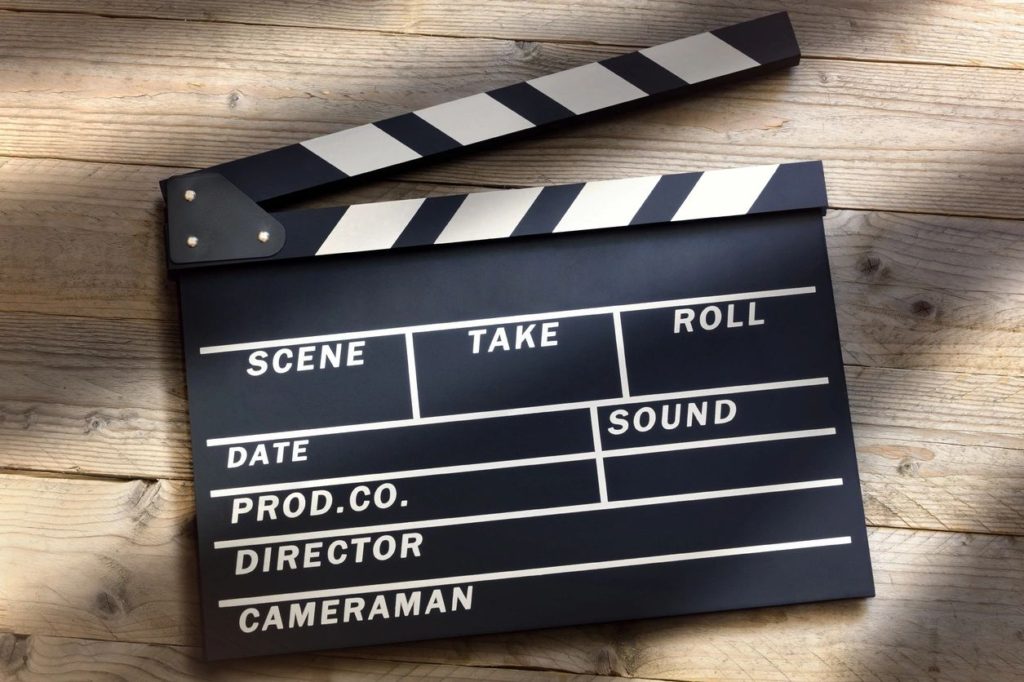
Whenever I buy or rent a movie or a season of a TV show, I always check out the DVD or Blu-Ray extras. I especially enjoy watching the deleted scenes. I’m always curious to see what the director left on the cutting room floor and how it impacted their final version of the movie. What scenes you leave to the imagination can influence the direction of a story almost as much as the scenes you choose to include.
Deleted scenes usually didn’t make the final cut for a good reason. These scenes often bog down pacing and don’t move the story forward as much as the director hoped. Authors face a similar dilemma when editing a short story or novel. What you take out and what you choose to leave in the narrative is crucial.
Making Tough Cuts
Discarding a scene you spent hours or even days creating isn’t an easy thing for an author to do. It would be so simple if these scenes were inferior in quality to the rest of the story. That isn’t always the case. A scene can contain wonderful imagery, witty dialogue, or intriguing character moments and still interrupt the pace and flow of the main story.
 When I wrote the initial draft for Pandora Reborn, I envisioned a flashback sequence detailing how Casey and Christina became best friends before Ron connected with them in the story. It contained some cool imagery, fun dialogue, and a suspenseful moment or two.
When I wrote the initial draft for Pandora Reborn, I envisioned a flashback sequence detailing how Casey and Christina became best friends before Ron connected with them in the story. It contained some cool imagery, fun dialogue, and a suspenseful moment or two.
Ultimately, I had to cut the scene. It did not fit organically into the flow of the main narrative as I envisioned it. The scene also did not present any new information that readers didn’t get elsewhere. It ended up being a well-written tangent that didn’t move the story forward.
I found myself making a similar decision for my upcoming novel Under a Fallen Sun. In an early draft, I wanted to include a scene that featured Paige skipping out on a college party to scour social media posts to see if anyone had leads on the whereabouts of her missing brother. This would have led into a flashback sequence involving a driveway basketball game between the siblings. While the scene as a whole included a nice character moment or two, it slowed down the pace of the story enough to cause me to brainstorm other ways to showcase their relationship within the narrative.
Scenes Left Unseen
Overwriting is a classic mistake some authors make. It doesn’t always refer to embellishing descriptive language in scenes to the point of turning your narrative into flowery word vomit. Overwriting can also pertain to adding unnecessary scenes and subplots.
 Including scenes of any length that do not propel the story forward will only draw your reader out of the story. Authors must use just enough brushstrokes to paint a visual picture inside a reader’s mind. They should let the reader go from there and fill in the remaining details on their own.
Including scenes of any length that do not propel the story forward will only draw your reader out of the story. Authors must use just enough brushstrokes to paint a visual picture inside a reader’s mind. They should let the reader go from there and fill in the remaining details on their own.
As an author, you can build a character and make a world seem bigger than what’s revealed on the page by including references and allusions to unseen events and interactions. Maybe it’s contained within a line of dialogue or a fleeting thought from the main character. Perhaps something within the setting alludes to a past event.
Hinting at what occurs off the page can be more fun for your reader than including a superfluous scene, because it opens the door to their imagination. You invite them to collaborate, in a way, with you in building your fictional world.